I wish to exam the values of a tensor after mask is applied to it.
Here is a truncated part of the model. I let temp = x so later I wish to print temp to check the exact values.
So given a 4-class classification model using acoustic features. Assume I have data in (1000,50,136) as (batch, timesteps, features)
The objective is to check if the model is studying the features by timesteps. In other words, we wish to reassure the model is learning using slice as the red rectangle in the picture. Logically, it is the way for Keras LSTM layer but the confusion matrix produced is quite different when a parameter changes (eg. Dense units). The validation accuracy stays 45% thus we would like to visualize the model.
The proposed idea is to print out the first step of the first batch and print out the input in the model. If they are the same, then model is learning in the right way ((136,1) features once) instead of (50,1) timesteps of a single feature once.
input_feature = Input(shape=(X_train.shape[1],X_train.shape[2]))
x = Masking(mask_value=0)(input_feature)
temp = x
x = Dense(Dense_unit,kernel_regularizer=l2(dense_reg), activation='relu')(x)
I have tried tf.print() which brought me AttributeError: 'Tensor' object has no attribute '_datatype_enum'
As Get output from a non final keras model layer suggested by Lescurel.
model2 = Model(inputs=[input_attention, input_feature], outputs=model.get_layer('masking')).output
print(model2.predict(X_test))
AttributeError: 'Masking' object has no attribute 'op'
